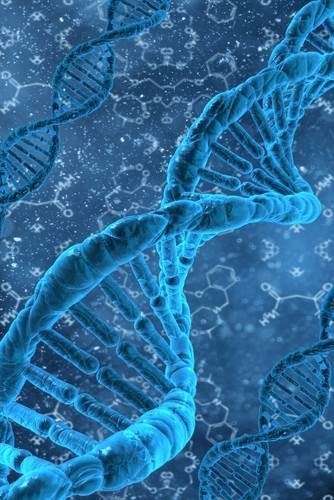Inventors at Georgia Tech and the University of Colorado have developed a method to capture sites of rNMP incorporation in genomic DNA. The method allows the analysis of the sites of rNMP incorporation with high-throughput sequencing and identification of the profile of rNMP incorporation in genomic DNA.
- Enables the mapping of precise-genome wide positions of rNMPs incorporated in genomic DNA
- Results in sensitive and specific identification and mapping of rNMPs
- Could be used for further understanding of the biological implication and consequences of rNMP incorporation in DNA
- Provides a platform for a broad range of research efforts in molecular biology
- Molecular biology applications
- Commercial kit for mapping rNMPs in any genomic DNA
- In-depth understanding of biological implications of rNMP insertions in DNA
- Determine if genomic maps of rNMPs can serve as biomarkers for human disease
Ribonucleoside monophosphates (rNMPs), subunits of RNA, are the most abundant non-canonical nucleotides found in DNA. Over 10,000 rNMPS are estimated to be present in the yeast genome alone with over 1 million rNMPs estimated in the mouse genome. Recent scientific evidence has demonstrated that nearly all DNA polymerases have the ability to incorporate rNMPs into DNA. Although the incorporation of rNMPs into DNA is not thoroughly understood, there is a scientific need to comprehend the extent that rNMPs can alter genome integrity and the factors that impact its stability. Currently, there are no approaches for mapping the precise genome-wide positions of rNMPs incorporated in genomic DNA.

